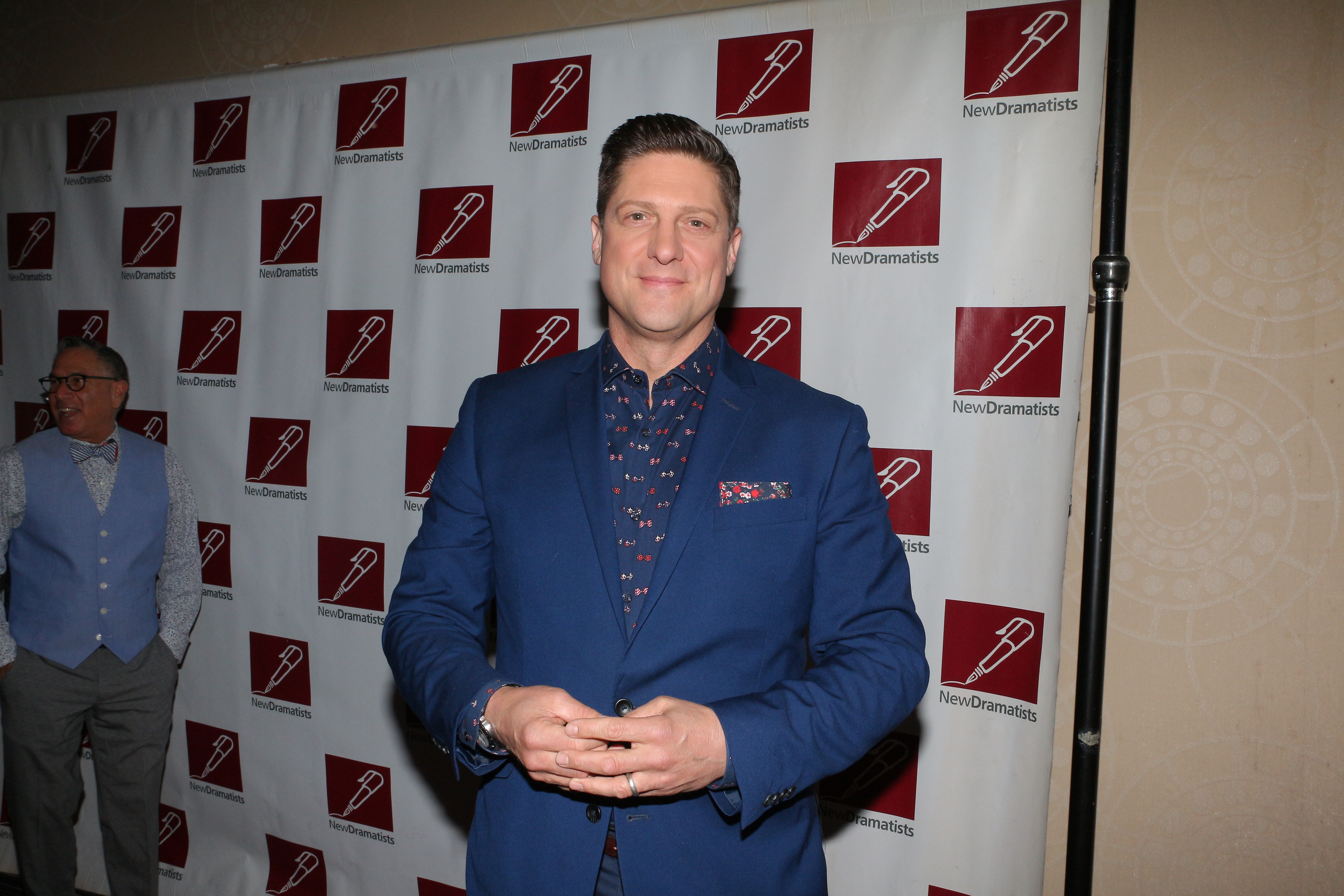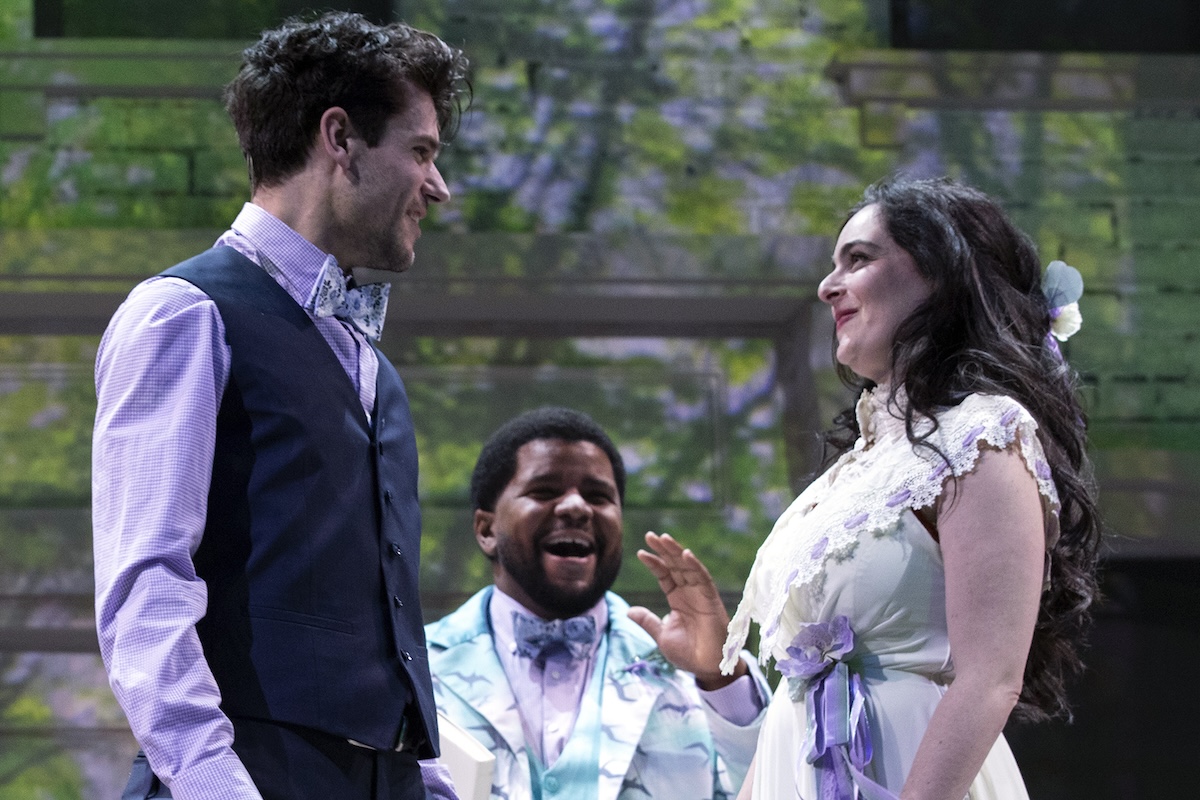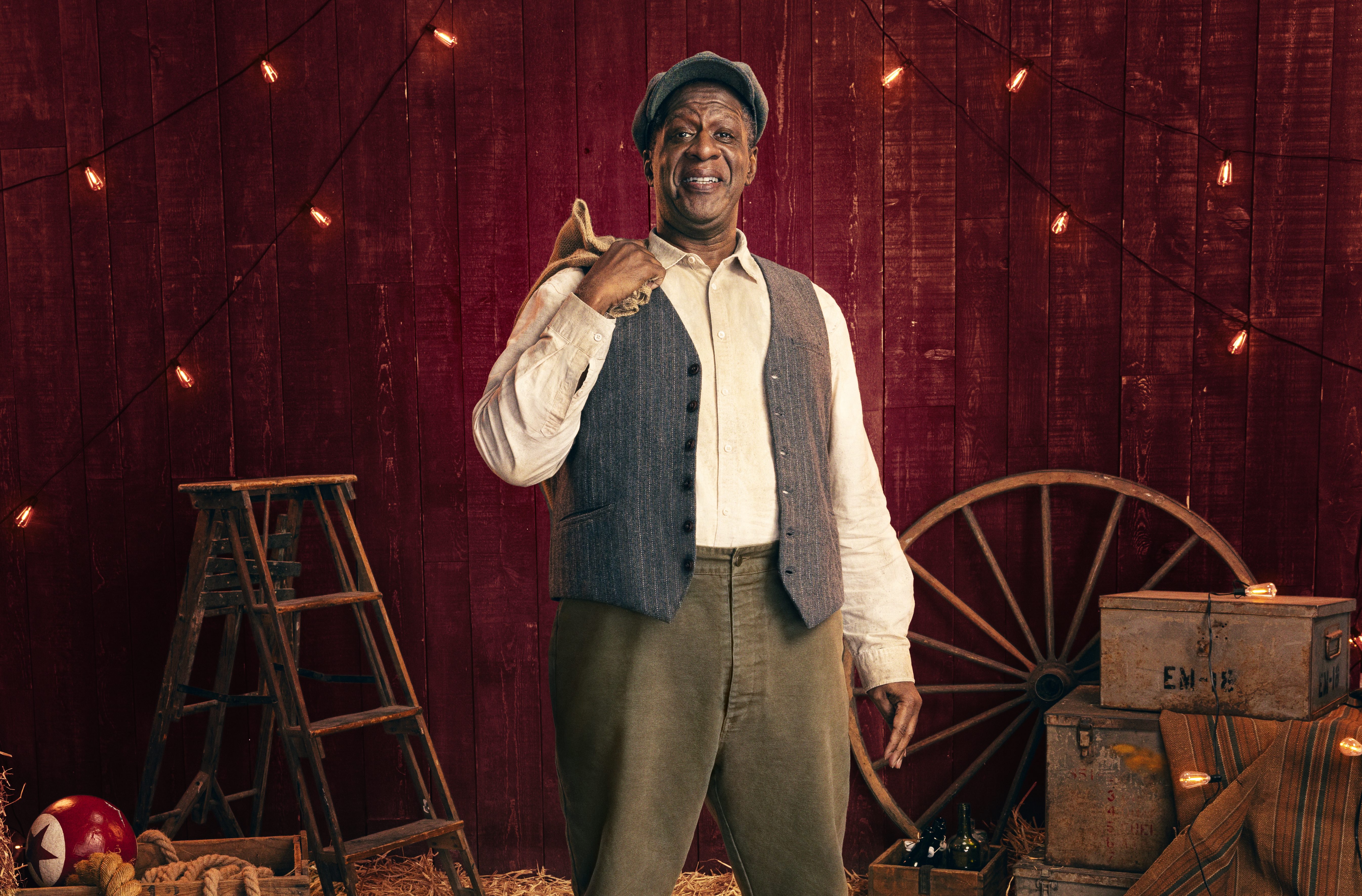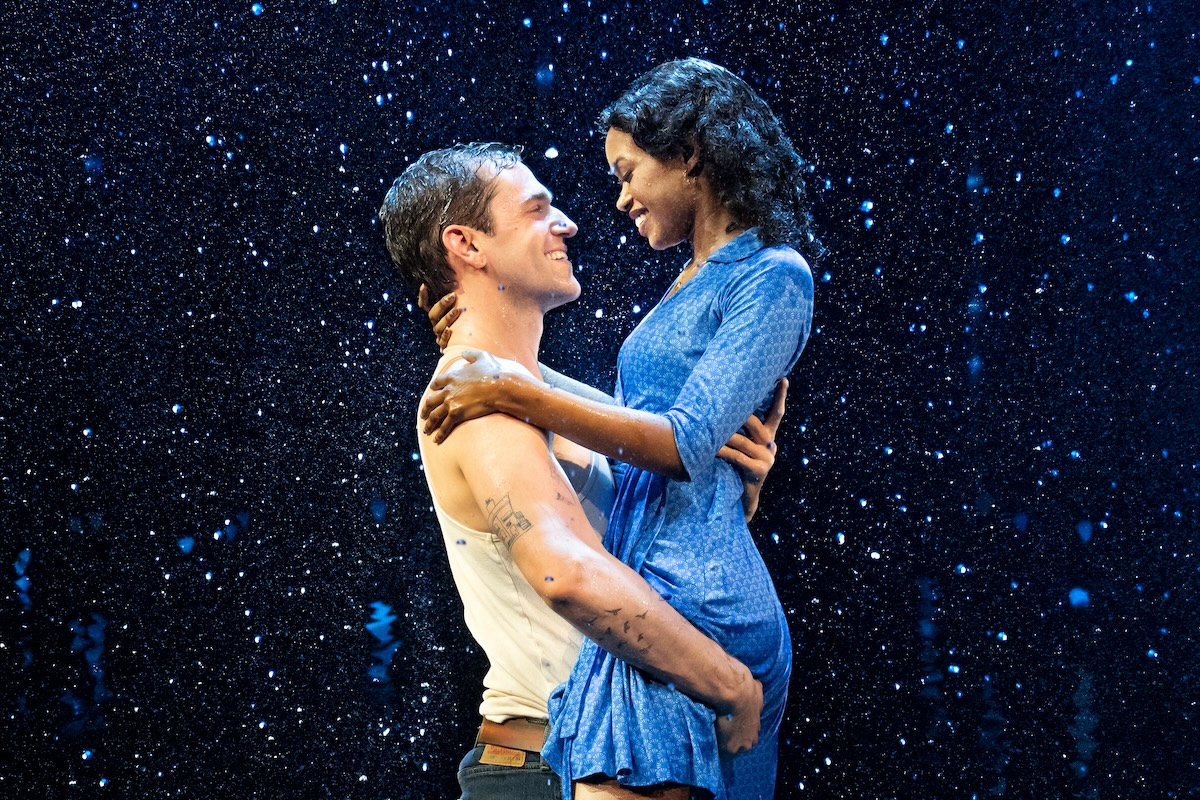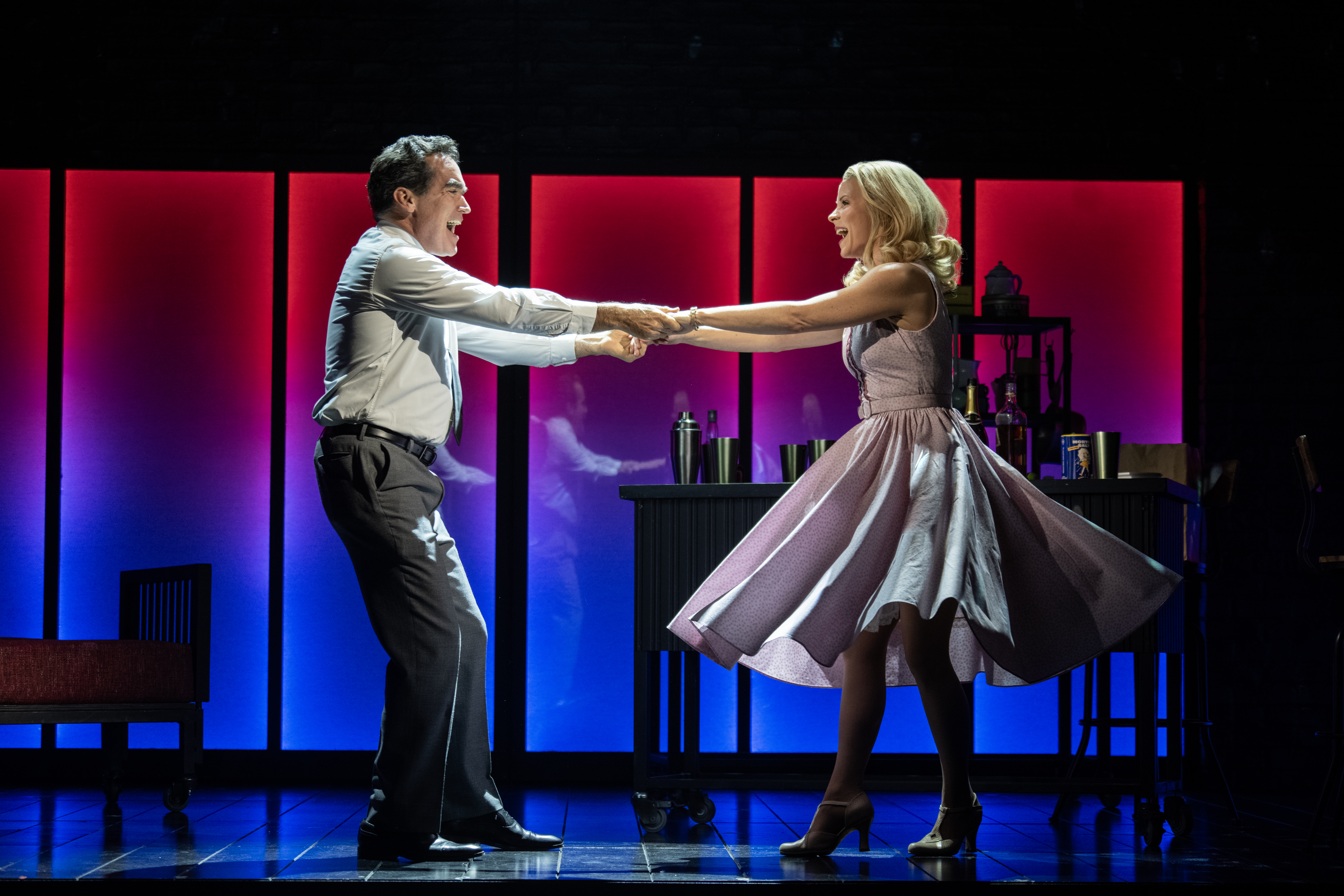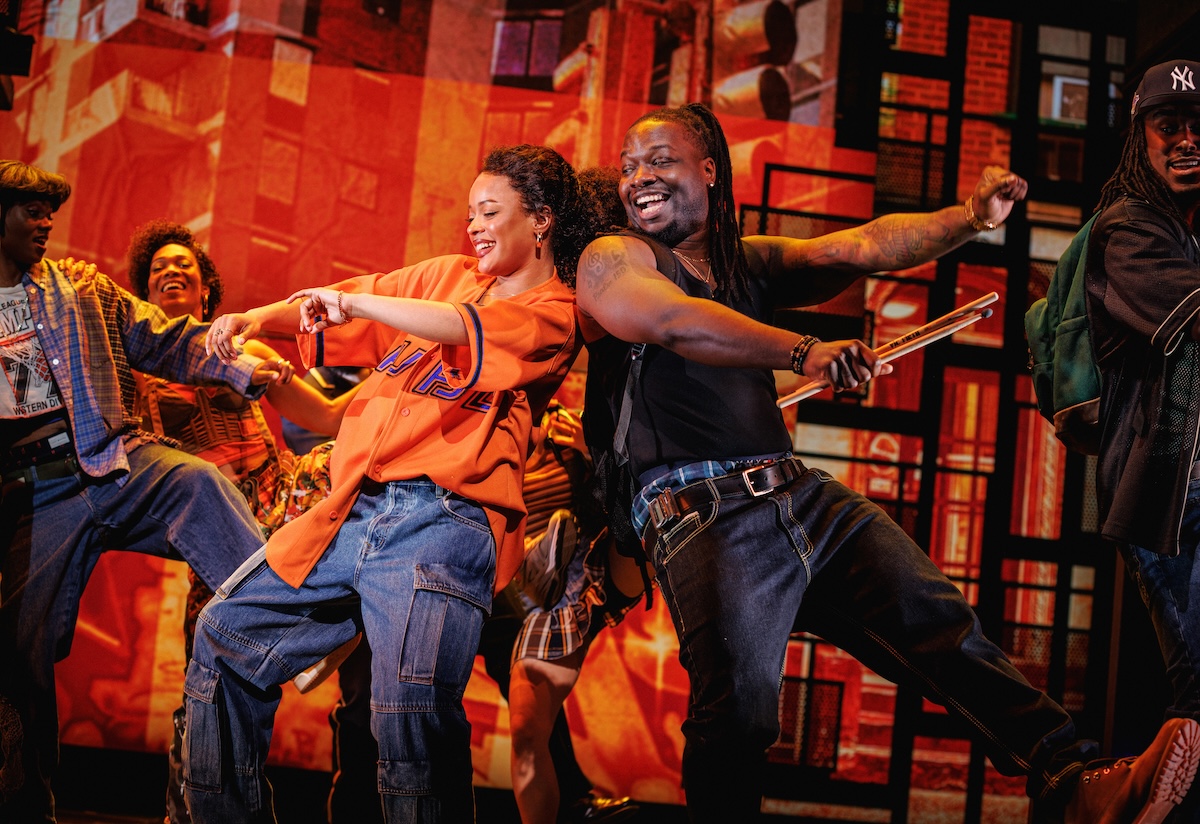A Theater Critic Reviews…the Super Bowl Halftime Show
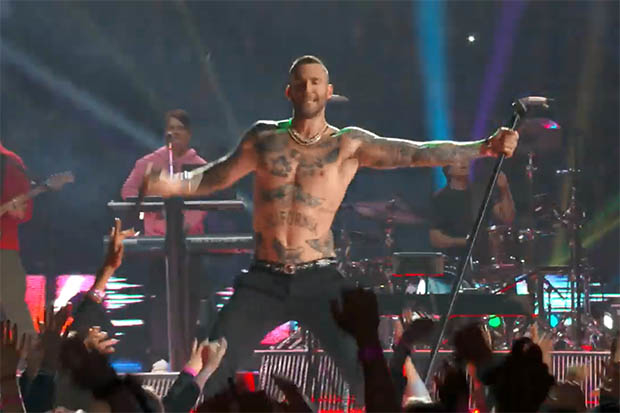
(© NFL on YouTube)
There are few events bigger than the Super Bowl. It is consistently the most-watched live television event of the year, with an estimated 100 million Americans tuning in. While that number may prove lower this year due to a snoozer of a game between the Los Angeles Rams and the New England Patriots (who are there every year anyway), it's still the Super Bowl, and anything that draws the attention of a third of the population of this fractious country is bound to produce high drama — so why not treat it to some drama criticism?
The halftime show, in particular, invites the less athletically inclined to gather round the TV and witness an A-list performer in a lavish live concert. I will never forget the image of an enthroned Madonna pulled by a Roman legion, or Lady Gaga diving into the stadium like Spider-Woman, having just brought election-embittered Americans together with a medley of "God Bless America" and "This Land Is Your Land." I can't say I'll hold similarly fond memories (or any memories at all) of Maroon 5's performance this time next year.
Some of that was written in the stars: This year's halftime show has felt cursed since Rihanna declined an invitation to headline in solidarity with Colin Kaepernick (the former 49ers quarterback who famously kneeled during the national anthem to bring attention to systemic racism, and who has not worked in professional football since 2016). With the Twitterati out for blood, this was always going to be a hard show for the artist who accepted the job.
Maroon 5's tattooed front man, Adam Levine, seemed fully aware of that from the moment he took his position in the crook of the M-shaped stage. Taking his cue from the opening number in the set ("Harder to Breathe"), he gave a performance that was both pitchy and timid — and it didn't get much better from there. The mob of pulsating fans crammed around the giant letter seemed only to underscore the lameness, their enthusiasm just slightly less believable than that of professional Sicilian mourners at a funeral.
In designing the show, director Hamish Hamilton helmed an off-the-rack blend of pyrotechnics and moving lights, easily recycled for any third-rate pop-rock concert. During a desperate rendition of "She Will Be Loved," lantern drones (by Intel) rose above the stage to spell the vaguely inspirational phrase "One Love," like a needlessly expensive memorial to a career caught in the crossfire of #activism.
In an attempt to mitigate some of the fury around this year's show, and to give deference to Atlanta (America's most significant black mecca), Maroon 5 reportedly searched high and low for guest artists from the black community. After a series of rejections, they secured two.
Heralded by SpongeBob SquarePants in a brief animated non sequitur, Travis Scott rode in on a blazing comet headed straight for the 50-yard line, emerging from the wreckage to rap a few audible lines of "Sicko Mode." It's difficult to assess his contribution, considering that the sound was cut for half of it as per FCC regulations. This would seem to be a hazard of the venue, one that a performer could prepare for with less explicit lyrics. Kudos to Scott for refusing to tame his art for broadcast, but it's hard not to see this as an opportunity squandered. I wondered if Scott realized this as he crowd-surfed away from the stage and the American consciousness, glazed in a mollifying cocktail of sweat and mediocrity.
Big Boi (the less-famous half of Outkast) entered less celestially in the back of a Cadillac convertible, draped in a walk-in fur like Cruella de Vil. Flanked by Levine and the aptly named Sleepy Brown, he did a little step-touch dance routine to "The Way You Move" before disappearing into the obscurity from whence he emerged.
The show also briefly featured a drum line and a full gospel choir. As Levine received a deafening belt to the face from a woman riffing under "Girls Like You," he seemed to be saying to black America, See, I feel you. Don't hate me for being here.
Tragically recognizing too late that the pander express won't get you very far, Levine spent the remaining few minutes shedding articles of clothing until he stood bare-chested and glistening before the nation. Please, he pleaded with his terrified eyes, I'm a hot guy! It was then and there that he proved you can have moves like Jagger without retaining any of the magnetism.
In the end, the halftime show at Super Bowl LIII told us a lot about the atmosphere of fear overtaking American entertainment. Where artists once sought to distinguish themselves through high design and even higher controversy (who will ever forget Janet Jackson's "wardrobe malfunction"?), they now beseech passage from a handful of Twitter trolls. Smart artists would cross that bridge without their permission, delivering an unforgettable performance. Sadly, Maroon 5 didn't want to make a big splash. And if the goal was to fill the space with a performance that was eminently unremarkable, they succeeded.
It's too early to tell if 2019 was a one-off, or if the halftime show is devolving into the poisoned chalice of the recording industry. But should we have a few more years like this, the halftime show will become what the opposition response to the State of the Union address is to politics: a thankless job that can only end in embarrassment (here's looking at you, Stacey Abrams). Let's hope that whoever gets the halftime show in 2020 reclaims it for big, bold, unapologetic showmanship.




